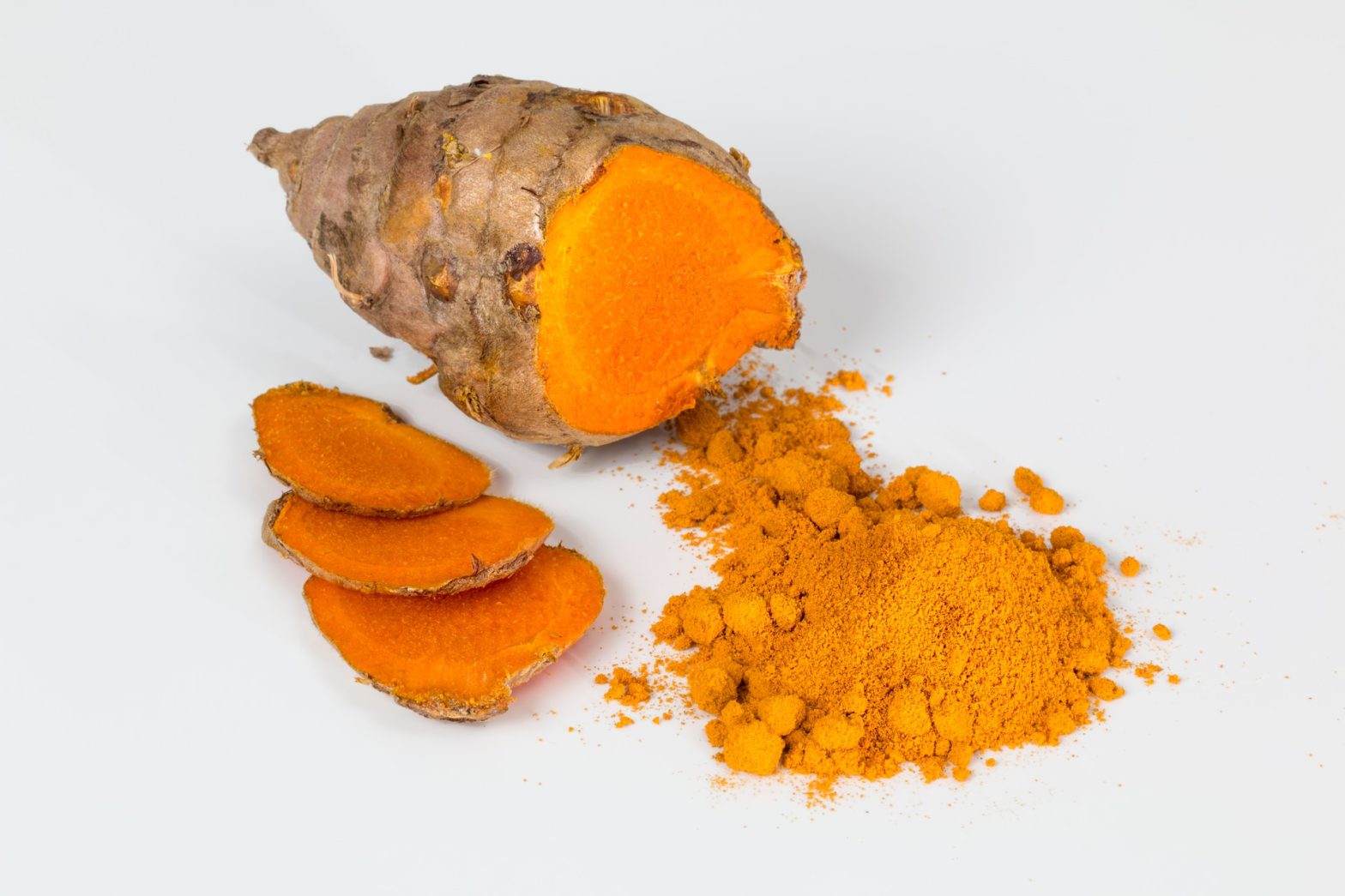Turmeric Potential in Reducing Cholesterol and Side Effects of Cholesterol Medicine

Turmeric is a bright, yellow-colored spice commonly used in dishes throughout the Middle East and Asia, but is also a Nutraceutical, or a food which has natural healing properties.
Oh Sung Kwon, assistant professor of Kinesiology in the College of Agriculture, Health and Natural Resources at the University of Connecticut is currently researching whether turmeric is capable of improving cholesterol, and lessening the side effects of statins, which are a class of drugs which lower one’s cholesterol and risk for cardiovascular disease.
The active ingredient in turmeric, known as curcumin, has antioxidant, anti-inflammatory, and pain-relieving properties which have been used in supplements to treat muscle symptoms associated with conditions like osteoarthritis.
Based on data from the Centers for Disease Control and Prevention, currently about 38% of American adults have high cholesterol, which puts them at greater risk for heart disease and stroke which are the two leading causes of death in the United States.
Although slightly more than half of U.S. adults are currently taking cholesterol medicine, the adherence rates are extremely low, with only 30-40% of individuals continuing to take statins after the first year. This is because many statins which block cholesterol are also associated with muscle symptoms known as SAMS, which includes stiffness and aches.
Researchers will test whether curcumin is able to improve levels of cholesterol in the body by lowering the LDL-C, or the kind of cholesterol associated with higher cardiovascular health risk, and whether it can raise levels of HDL-C, which is associated with lower risk of heart disease.
Currently, Kwon and researchers are in the process of recruiting 40 patients who have SAMS, and placing them into two randomized control groups. One will receive the curcumin and the other will receive a placebo in combination with regular statins.
Researchers will test the muscle oxygenation of participants from both control groups through handgrip exercises to help in understanding how well the mitochondria, which provides energy to cells, is functioning.
The study will provide more evidence as to whether combined curcumin and statin treatment will be more effective at lowering LDL-C, than those only taking statins, and how reducing the side effects of SAMs might improve statin adherence.

























